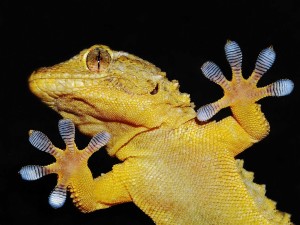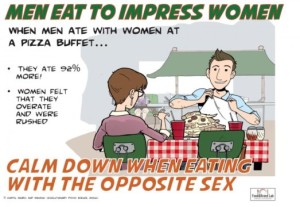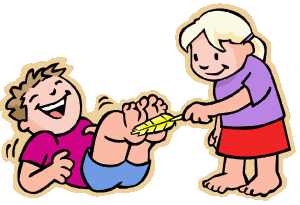Driving is a typical every day task that as college students most of us have experienced. Although as college students we may not experience as much driving in State College, Google’s new invention aims to potentially eliminate the act of driving around the world. There have been many discussions regarding driving such as driving safety and global warming from gas. These topics have been heavily discussed, but having cars that don’t require a driver is a new topic that Google has come up with. Google has created a self-driving car to revolutionize methods of transportation.
Earlier this week Google received a patent for its self-driving car. This car aims to use technology to increase safety and communication between the car and pedestrians. For example, the car would display a flashing stop sign when a pedestrian should not cross the road and a sign on the bumper would flash to signal that it is safe for the pedestrian to cross the road.
Google claims that these self-driving cars allow passengers to do what they want to do while traveling and these cars can prevent more accidents from happening. According to Google these cars have, “sensors designed to detect objects as far as two football field away in all directions.” These sensors can detect things like bikes, pedestrians, other vehicles, and even things like bags floating through the air. This technology is meant to promote safety and avoid the driver from becoming distracted or tired since the car does everything for the person that would normally be the driver.
The car detects where you are such as where it is in the world, what street it’s on, and what lane it’s in. The car can also detect what is around you such as the size and shape of the object and classifies it such as a pedestrian. Additionally the car can detect what will happen next. For example the car can predict where a cyclist is going to move in the street and whether or not a pedestrian is going to cross. Finally this car is able to determine what to do next. The technology in this car will then chose a safe speed and position in the road in response to what is around it.
As for my thoughts on this new technology, I definitely have mixed feelings. I really appreciate and commend the thought and innovation behind this new car. I can really appreciate all of the things that this car is capable of such as what it can detect and how it responds to other objects. Although the technology behind this car is extremely interesting I don’t know how successful this product will be. Humans love being in control, and this invention takes control away from people that is typically apparent in their daily lives. I love that this self-driving car aims to prevent accidents but it’s difficult to say whether this is an absolute effect of this car. I definitely feel that more studies need to be done on this car for me to believe if its accident prevention and other claims are reliable or not.


















